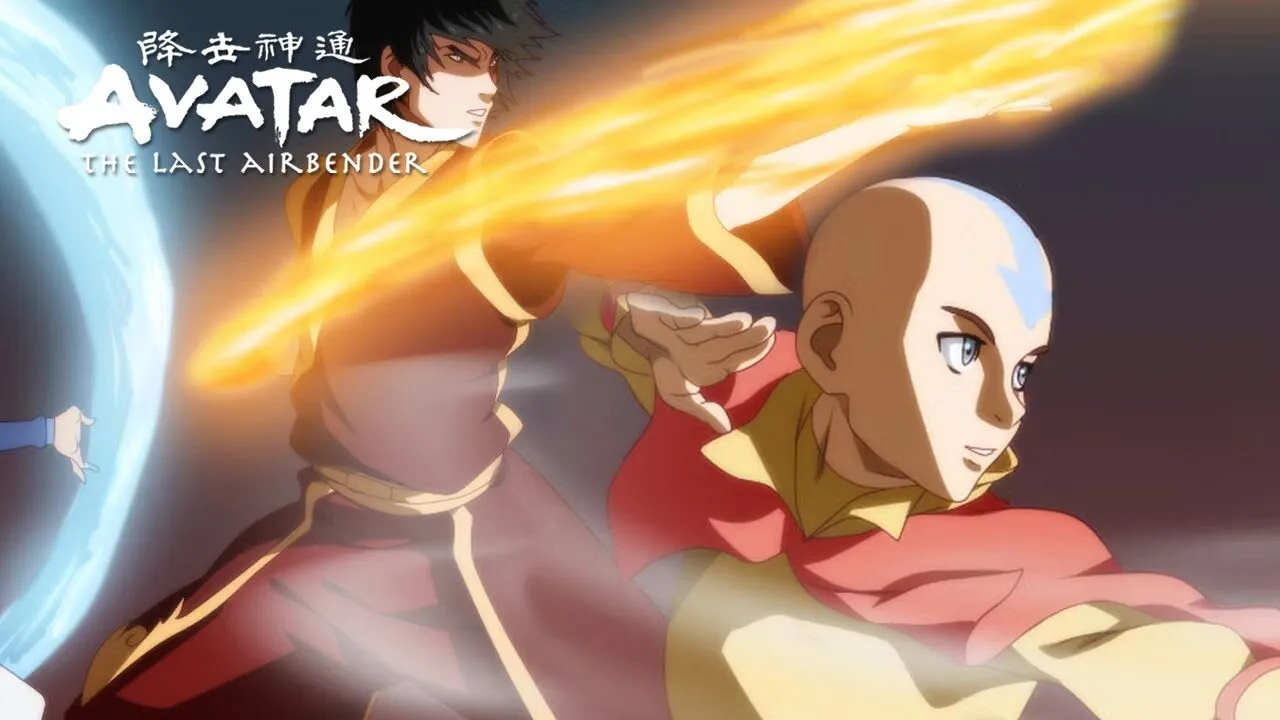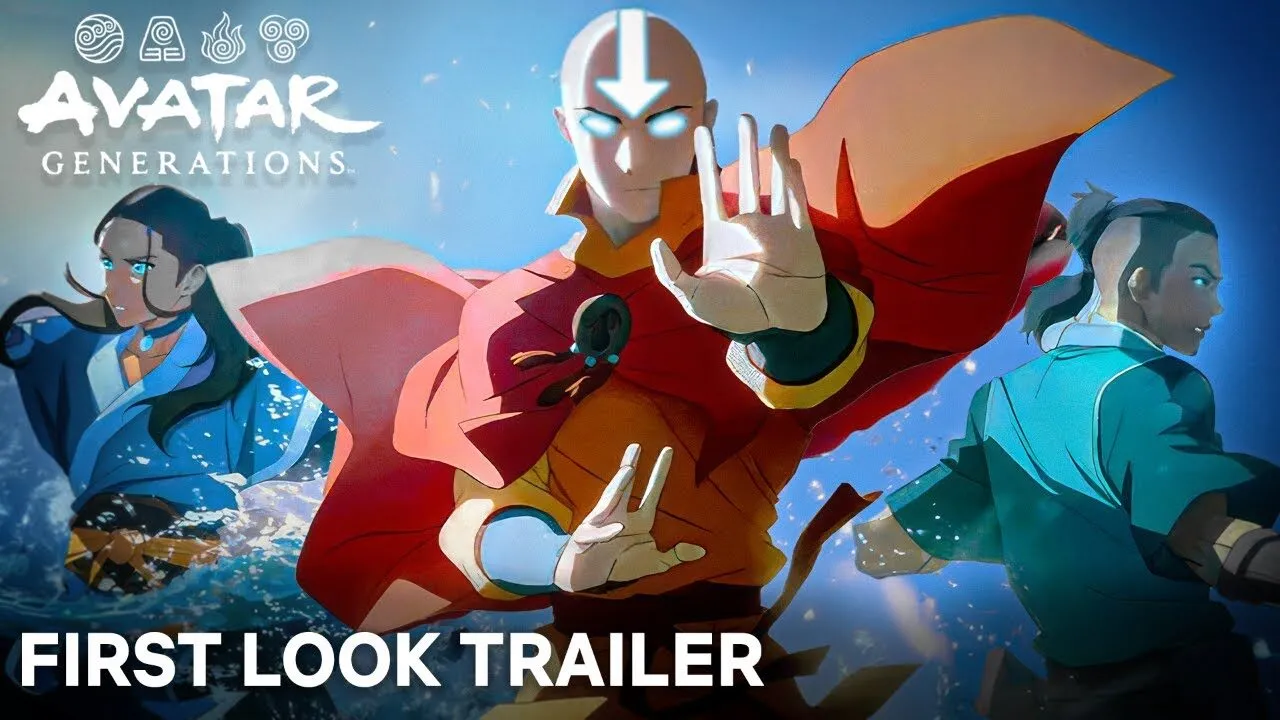AVATAR: THE LAST AIRBENDER (2025) plunges us into a breathtaking world where elemental magic and human spirit collide in an epic saga of destiny, courage, and redemption. From the very first frame, director Mira Nair transports us to the war-torn nations of the Four Elements—Water, Earth, Fire, and Air—each rendered with astonishing detail and vibrant imagination. This is not merely a cinematic spectacle; it is a profound meditation on identity, balance, and the power of hope in the face of overwhelming darkness.
The story picks up years after the fall of the Fire Nation’s tyrannical regime, yet peace remains fragile. Aang (played with luminous depth by newcomer Aria Chen) struggles to reconcile his past as the world’s savior with the weight of expectations now placed on his young shoulders. Haunted by dreams of a future he cannot yet shape, Aang embarks on a perilous journey to master the rare and mysterious “Spirit Element”—a force rumored to bind all four elements together. Alongside him travel his steadfast friends: Katara (Zara Lee), whose fluid Waterbending mirrors her compassionate yet steely resolve; Sokka (Trevor Ng), the consummate strategist whose humor masks his deeply rooted fear of failure; Toph (Lina Park), the indomitable Earthbender now burdened by the loss of her beloved metalbending art; and Zuko (Dev Patel), the exiled Fire Prince whose quest for inner peace echoes his quest to unite a world still scarred by war.

Every scene pulses with thematic richness. The Ice Tribes of the Northern Pole—reimagined here as a sprawling crystalline city—are a dazzling testament to the filmmakers’ world-building prowess, while the Fire Nation’s reclaimed capitals reveal both the beauty and fragility of restored harmony. The score, by composer Laura Mvula, weaves haunting choral motifs with driving percussion, underscoring moments of introspection as poignantly as it elevates sequences of heart-stopping action. In one unforgettable set-piece, Aang confronts a colossal Spirit Guardian on the edge of a volcanic chasm: the choreography of their battle is both a visual ballet and an elemental tempest, affirming that this franchise’s greatest strength is its ability to make magic feel viscerally real.

At its core, however, AVATAR: THE LAST AIRBENDER is a story about healing. Zuko’s arc resonates with profound empathy as he returns to his ancestral home—a land he once vowed to conquer—and finds that true restoration demands humility and forgiveness. His poignant reunion with Avatar Kyoshi’s descendants offers a stirring reflection on the cycles of violence and reconciliation. Meanwhile, Katara’s struggle with grief over her mother’s legacy becomes a poignant catalyst for the narrative’s emotional climax, as she channels her sorrow into a display of Waterbending that is at once cathartic and transformative.

The film’s pacing is masterful. Nair allows moments of stillness to breathe, giving us time to absorb the weight of the characters’ inner turmoil, while soaring us through battlefields and spirit realms at a breakneck tempo. Every supporting character—from the mischievous sandbender Suki (Anjali Rao) to the reformed Fire Nation Admiral Zhao (Ken Watanabe)—is afforded a moment to shine, enriching the tapestry of this sprawling epic. The dialogue crackles with wit and wisdom, never veering into cliché; it strikes that rare balance between mythic grandeur and intimate humanity.
Visually, the movie is a feast: sweeping aerial shots hover over floating Air Temples carved into cloud formations; close-ups reveal every bead of sweat on a warrior’s brow; and the spirit world glows with phosphorescent flora and fauna that seem to pulse with life. The CGI is seamlessly integrated, never overshadowing the tangible performances of the cast. Costume and production design draw inspiration from a rich mosaic of Asian and Indigenous cultures, grounding the fantasy in a sense of authenticity and respect.

In its final act, AVATAR: THE LAST AIRBENDER delivers an emotional punch that lingers long after the credits roll. As Aang and his friends unite the four nations in a breathtaking ritual to renew the World Tree—and thus the balance of the elements—we are reminded of the film’s central message: that unity arises not from conquest, but from compassion and understanding. The closing montage, set to a reprise of the main theme sung by a children’s choir, leaves us both exhilarated and deeply moved.
This cinematic tour de force reaffirms why the Avatar universe continues to captivate audiences worldwide. It is a testament to the enduring power of storytelling to bridge cultures, inspire courage, and remind us that even in our darkest hours, the spark of hope can ignite a brighter tomorrow. AVATAR: THE LAST AIRBENDER (2025) is more than a movie—it is an elemental experience not to be missed.